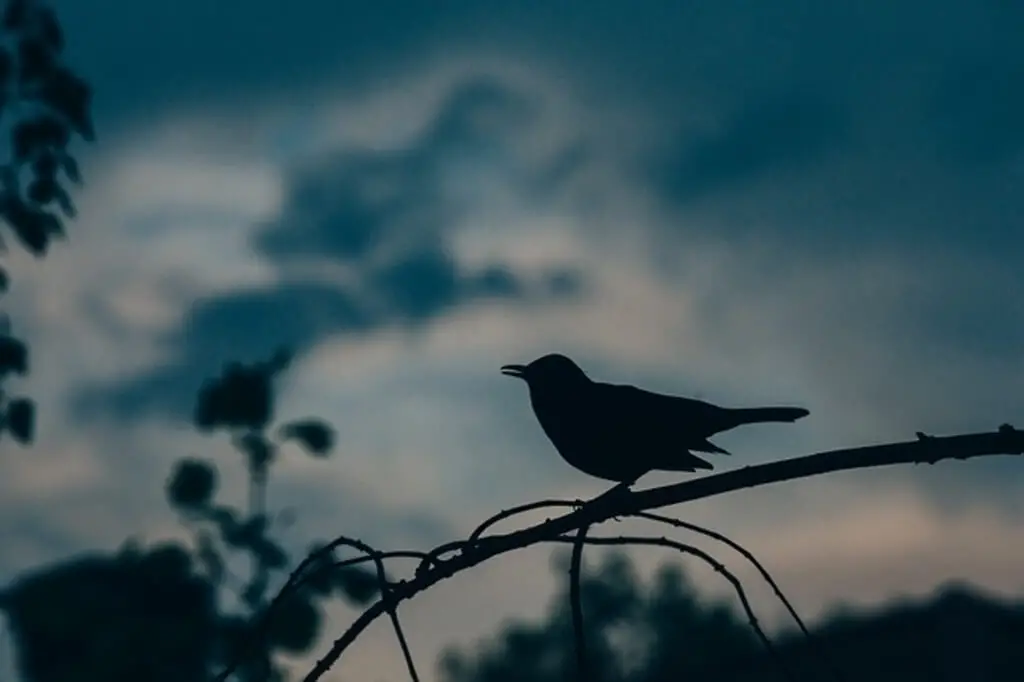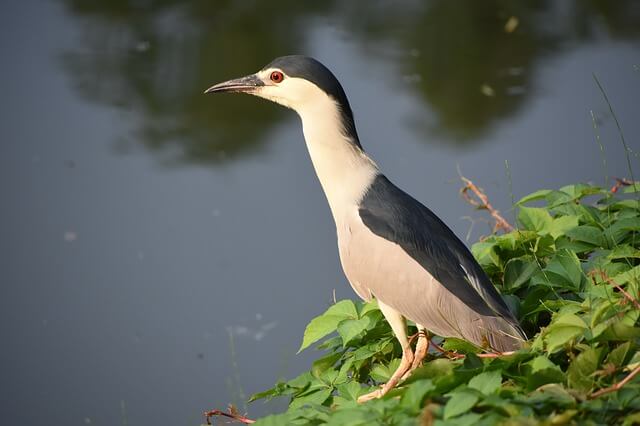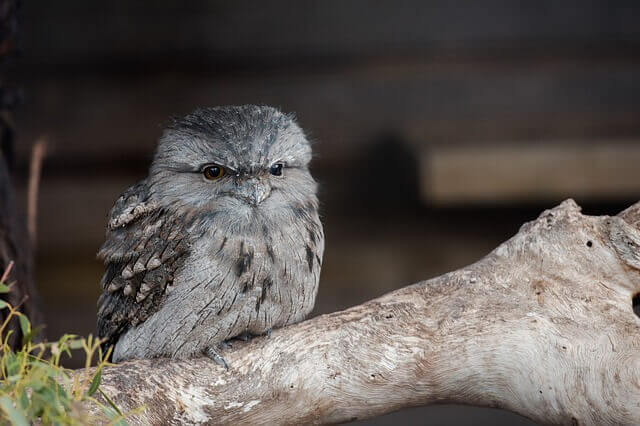Birds are a diverse group of animals, with many different species and habitats. However, some birds have the unique ability to see at night.
In this article, we will take a look at 12 birds that can see in the dark. We will talk about their behaviors and habits, as well as how they are able to see so well at night.
Table of Contents
Storm Petrel
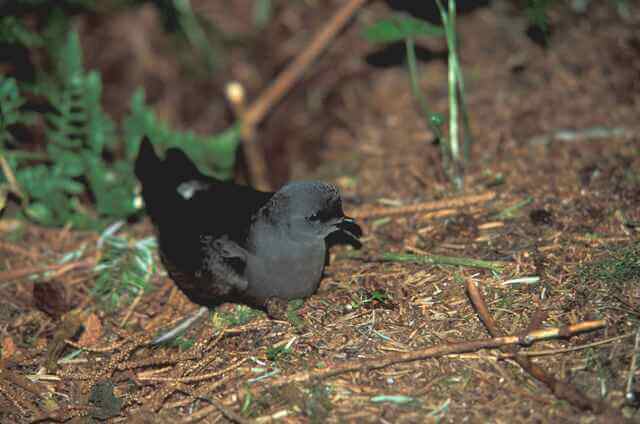
Storm petrels are small seabirds that live in the North Atlantic and Southern Oceans. The bird is common in coastal regions, with large colonies living on cliffs. They can see excellent in the dark because they have retinas with a high density of rod cells, which detect low levels of light.
The storm petrel’s ability to fly at night also helps them hunt for food during periods when other birds cannot fly due to darkness or lack of moonlight.
Night-heron
The night-heron is a migratory bird that spends its summers in Canada and winters in Central America. This is a type of bird that typically resides in wetland habitats. Night herons are an example of nocturnal birds that can see in the dark. They do this by using a special protein on their eyes called a tapetum lucidum, which is located behind the retina and reflects light back through it.
This enables them to see about six times better than humans at night because they have more time for photons of light to enter their eye. They can be found in marshy areas or along coastal regions.
Little Blue Penguin
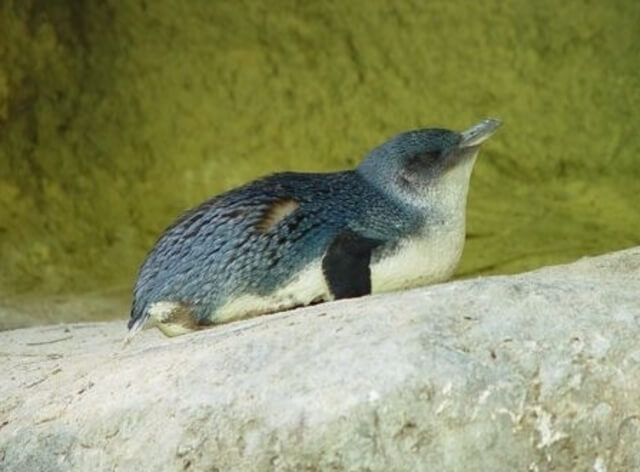
The Little Penguin is a type of nocturnal penguin that can be found in New Zealand and Australia. They are the smallest species of penguin, only weighing around 3 – 3.5 pounds. They live in the water, but they come on land to lay their eggs, eat, and socialize with other little penguins. Little penguins live in a world of perpetual darkness.
To see what is going on at night, little penguins have a high-density retina that helps them spot prey in dim light conditions. Their eyes also contain special cells called rods which help them see things more clearly even when it’s dark out. They also have a keen sense of smell to guide them.
Tawny Frogmouth
Tawny Frogmouths are a nocturnal bird species found in Australia. They have an average lifespan of 15 years and can reach up to 23 inches in height. They eat insects, small mammals, lizards, frogs, and fruit. Not only that, but they have been able to see in the dark for centuries with these two key adaptations.
One is an enhanced light-sensitive protein called a rhodopsin, which absorbs ultraviolet wavelengths, while the other is a layer of oil on its feathers that reflects incoming light waves back out. Together, these two features help them see better than other nocturnal species.
American Woodcock
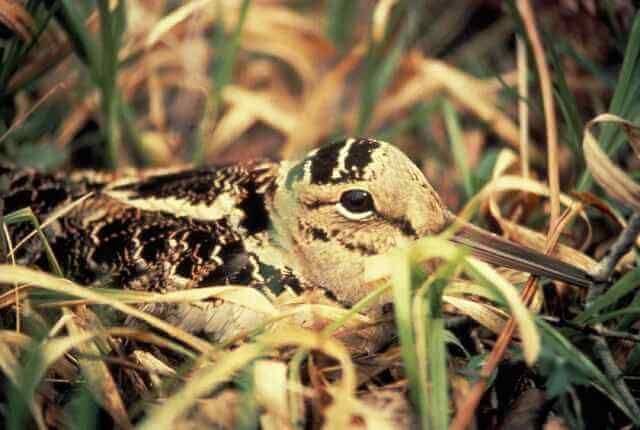
Woodcocks are small birds that can be found throughout the world. They make their homes in marshes and other wet areas. Woodcocks feed primarily on earthworms and other invertebrates, but they also consume seeds, berries, and even plants in their diet. One thing that makes woodcocks unique is their ability to see in the dark because of a reflective membrane called the tapetum lucidum which sits behind its retina.
This reflective surface behind the retina of a woodcock’s eye helps it detect light. The location of this reflective layer makes it so light is reflected back into the eye even when looking straight ahead, resulting in super night vision.
Nightjar

Nightjars are medium-sized nocturnal birds that live in a variety of habitats, including rainforests and deserts. They’re best known for their ability to see in the dark. They have excellent night vision, an adaptation which they use to hunt insects on moonless nights or during dusk hours when there is not enough light from the sun for them to see prey.
This skill also enables them to easily navigate through unfamiliar territory at night Their diet consists mainly of insects and other small invertebrates like spiders, scorpions, beetles, grasshoppers and crickets.
Stone-curlew

Stone-curlews are a small, ground-dwelling bird that roams the fields and grasslands of Australia. Stone-curlews are nocturnal birds, which means they have very good night vision. They can see about 2 to 3 times better than humans in the dark.
his is because their eyes are equipped with an iris that opens and closes as needed. Their retina also has more rod cells than most animals, which gives them even greater night vision! They use their vision, and strong beaks to dig for food such as worms, lizards, frogs and small mammals like mice or rats.
Common Nighthawk
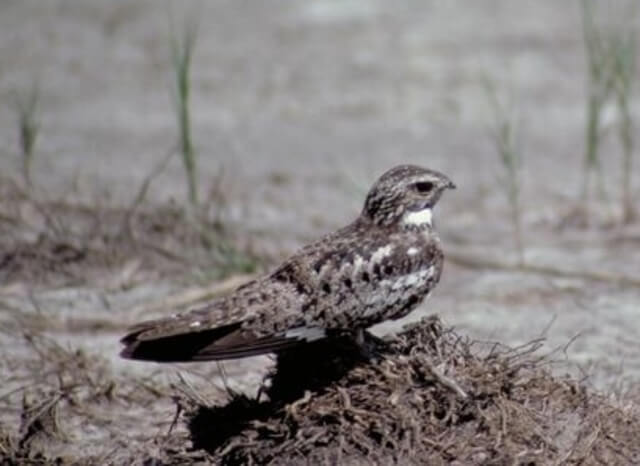
Nighthawks are small nocturnal birds that inhabit the temperate regions of North America. The habitat of these animals is mainly rural and urban areas with large expanses of sky such as prairies, fields, farmlands, coastal plains, etc. Night-hawks are small nocturnal birds that use their wide eyes to locate prey at night.
They do not have excellent vision like owls and other nocturnal predators, but they can see better than most animals because of their large pupils. The pupil is an opening in the eye that lets light into the retina. A dark iris expands during the day to cover the pupil so that it doesn’t get too much light
Poorwill
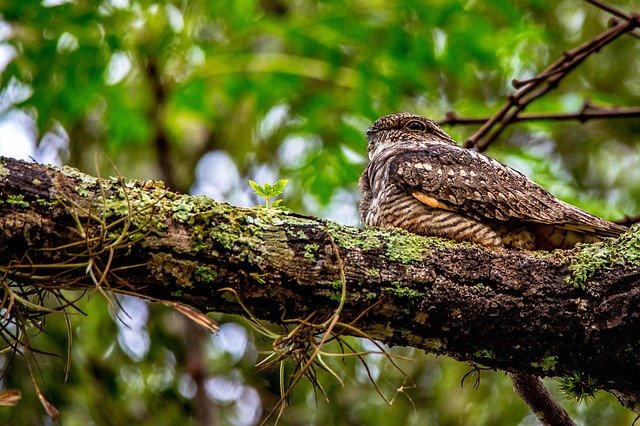
Poorwill birds are found in North America, Central America, and the Caribbean. Poorwills live mainly on the ground at night, but also roost in trees during the day. They eat insects, small reptiles, amphibians and other invertebrates as well as small mammals such as mice and rats. Poorwills are often seen at night because they have excellent night vision.
They have developed the ability to see colors in darkness through a process called “extra-ciliary eye movement.” This process allows them to use their retina, which is located near the back of their head, and not just rely on light coming into their eyes. Their lack of dependence on external light sources has allowed poorwills to live and thrive in habitats with little natural illumination.
Owl
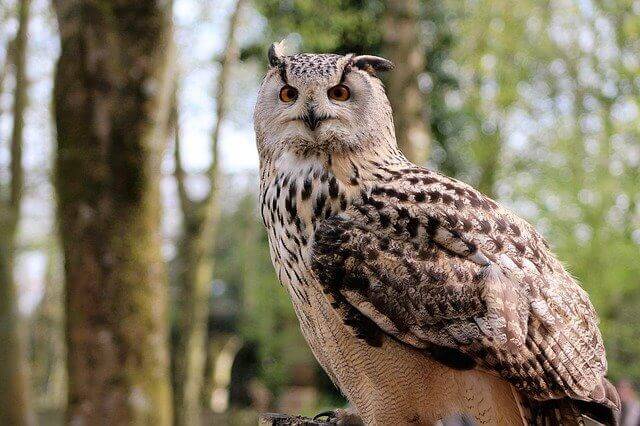
Owls are found all over the world, from arctic regions to tropical rainforests. They live in many different habitats such as trees, forests, deserts and marshes. The only thing that they really have in common is their diet, which consists of small mammals like mice and rabbits. Owls are nocturnal birds that can see in the dark.
This is because their eyes have a large number of rods and a small number of cones, meaning they see very well in low light conditions.
The owl’s retina has around one million rod cells compared to 150,000 cone cells, which is why owls rely on rods more than cones for vision. These adaptations give them excellent night vision, so they can hunt at night and capture prey such as mice, rats
Kakapo (Owl Parrot)

Kakapo’s are a species of flightless, nocturnal parrots that live in New Zealand. They’re critically endangered with only 125 living in the wild. Kakapos have a lot of unusual features that help them survive in their habitat, including night vision and a strong sense of smell.
They have many adaptations that allow them to see well in the dark, including a large retina with lots of rod cells, a tapetum lucidum, which reflects light back through the retina for more time exposure to dim light sources, an oil droplet layer to help regulate their eye temperature and pupil size control.
Night Parrot

The Night Parrot is a small nocturnal bird native to Australia. They reside in subtropical or tropical regions with well-watered eucalyptus forests. Night parrots nest in tree hollows or other cavities near the ground level. Night Parrots are one of the few birds that can see in the dark.
These rare Australian parrots use their sharp night vision to search for food at night, and they even have a special kind of eye cells called rod cells that help them see better in low light conditions. This adaptation helps them to see clearly at night by sensing light particles called photons through their retinas.
Frequently Asked Questions
Which bird can see clearly on a dark night?
The bird who can see clearly on a dark night is the owl. The owl’s eyesight is exceptional in low light conditions. Owls have specially adapted retinas which amplify low-light levels, so they can hunt prey at night without much difficulty.
Do birds go blind at night?
Birds are well known for their ability to fly, sing and nest. They can also see at night! Many people do not know that birds have a light-sensitive membrane in the back of their eye called the tapetum lucidum which reflects any available light back through the retina again giving them the opportunity to detect in low light conditions.
What bird has the worst eyesight?
The kiwi bird has the worst eyesight. Kiwis have tiny, nearsighted eyes and rely on their sense of smell and hearing to find food and avoid predators.
Can birds see color?
Birds are able to see more colors than humans due to the type of cones in their eyes. Humans have three types of cones: red, blue and green; while birds have four different cone types with which they perceive light: red, blue, yellow and ultraviolet (UV).
Which bird can see and hunt at night?
Nocturnal birds are capable of seeing and hunting at night. One type of nocturnal bird is the owl, which has a keen sense of hearing that allows it to detect prey in the dark.
What bird has the best night vision?
Owls have the best night vision, and can spot prey from a long distance away even in complete darkness.

